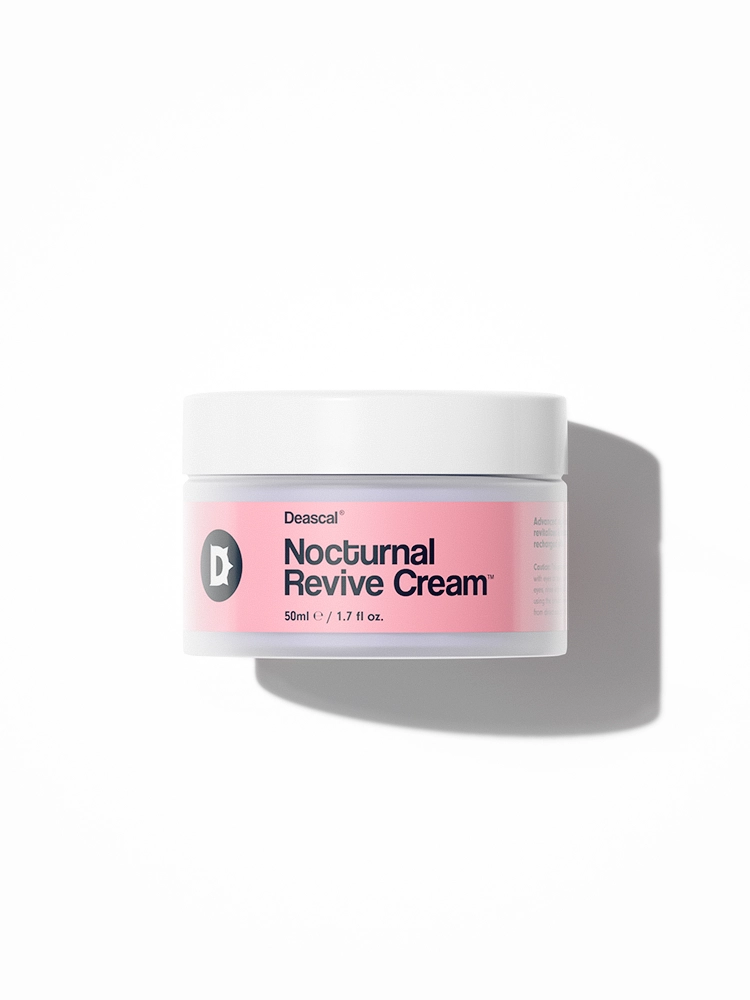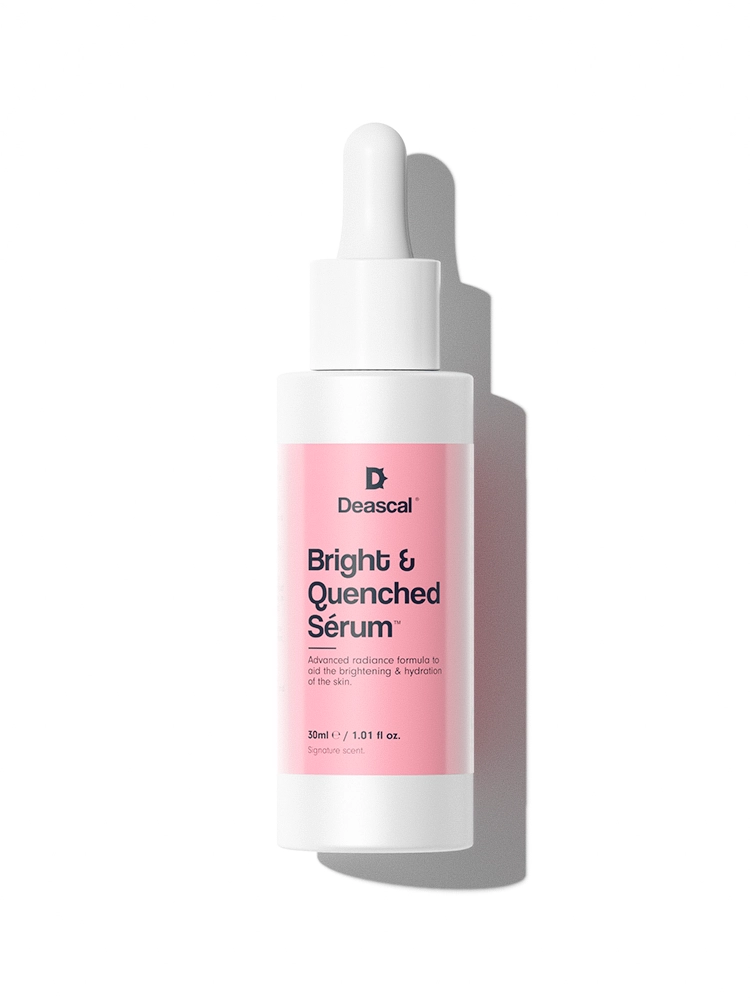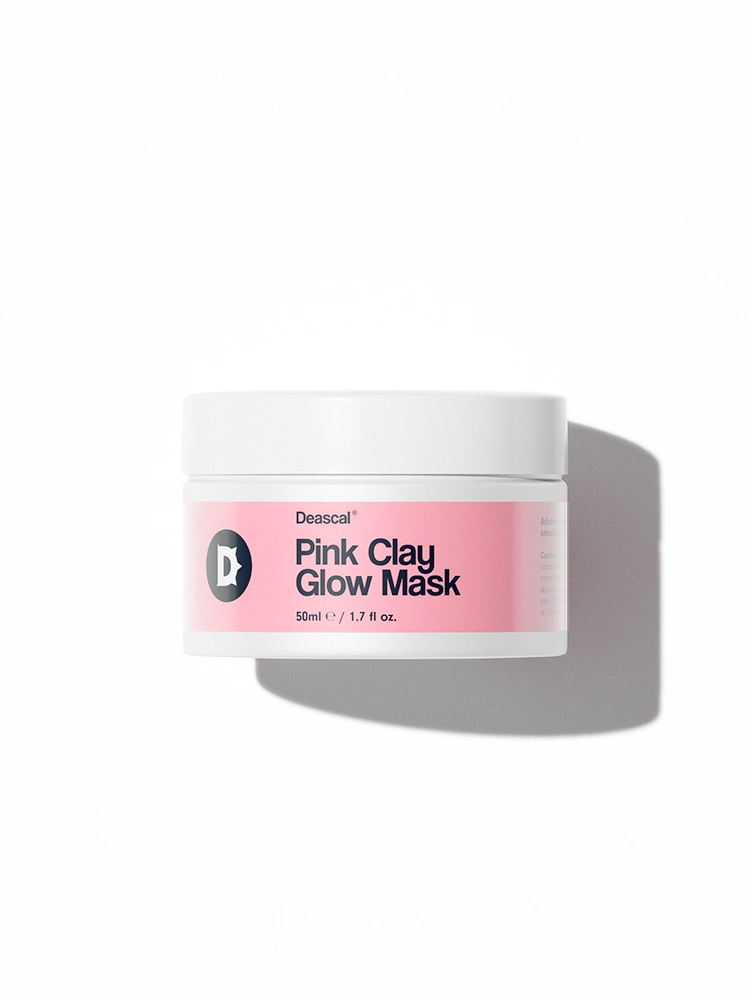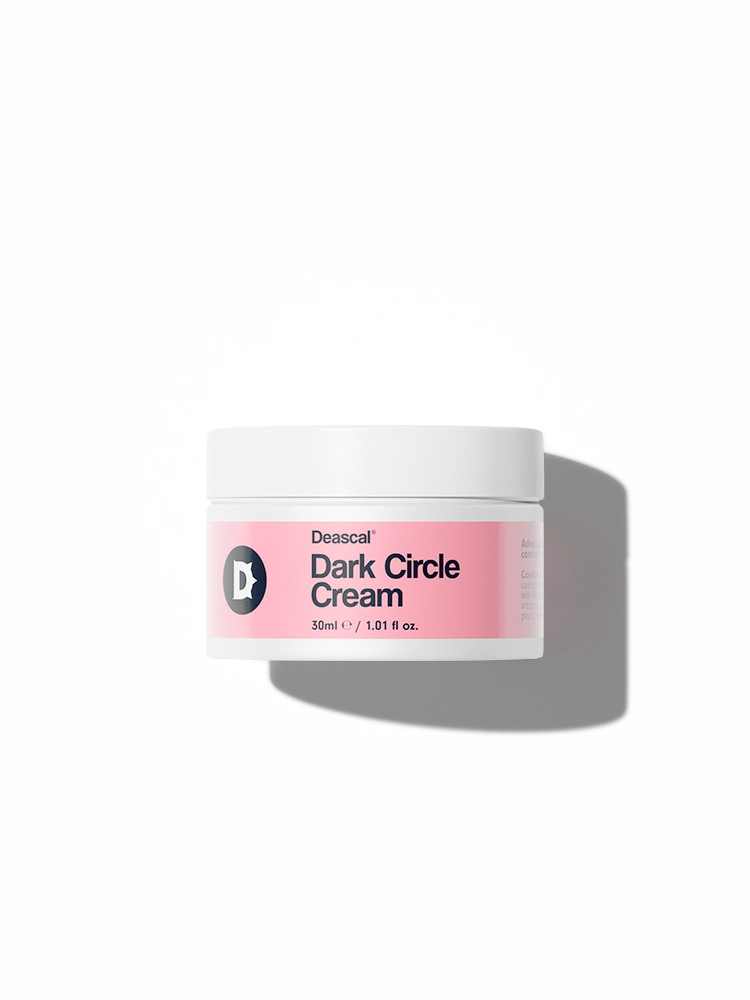What is Acetyl Hexapeptide-39?
Acetyl Hexapeptide-39, often referred to in the cosmetic industry as a skin conditioning agent, is a product derived from the acetylation of Hexapeptide-39. This process involves introducing an acetyl group into the hexapeptide, which is a chain of six amino acids. The acetylation enhances the peptide’s stability and efficacy when applied to the skin.
The journey of Acetyl Hexapeptide-39 into the world of cosmetics is relatively recent. As the demand for advanced skincare solutions grew, researchers began exploring various peptides for their potential benefits. Hexapeptide-39 emerged as a promising candidate due to its unique properties. By acetylating it, scientists were able to create a more potent and stable compound, leading to the development of Acetyl Hexapeptide-39.
The production of Acetyl Hexapeptide-39 involves a series of sophisticated biochemical processes. Initially, Hexapeptide-39 is synthesized through solid-phase peptide synthesis (SPPS), a method that allows for the precise construction of peptide chains. Once the hexapeptide is formed, it undergoes acetylation, where an acetyl group is chemically bonded to the peptide. This modification not only improves its stability but also enhances its ability to condition the skin effectively.
The Benefits/Uses of Acetyl Hexapeptide-39
In this section, we will delve into the officially recognized cosmetic benefits and uses of Acetyl Hexapeptide-39:
Skin Conditioning
Acetyl Hexapeptide-39 is primarily known for its skin conditioning properties. But what does that mean for you? Essentially, this ingredient helps to maintain the skin’s overall appearance and feel. It works to keep your skin smooth, soft, and healthy-looking. By conditioning the skin, it can help improve texture and provide a more even complexion, making your skin look more vibrant and youthful.
Note: the listed benefits above are exclusively based on the officially recognized and defined functions of the ingredient, as documented by the International Nomenclature of Cosmetic Ingredients (INCI).
Potential Side Effects & Other Considerations
Acetyl Hexapeptide-39 is generally considered safe for topical use in cosmetic products. However, as with any ingredient, there are potential side effects and considerations to keep in mind:
- Skin irritation
- Redness
- Itching
- Allergic reactions
Regarding individuals who are pregnant or breastfeeding, data and research on the topical usage of Acetyl Hexapeptide-39 during pregnancy and breastfeeding are lacking. Therefore, it is advisable for these individuals to consult a healthcare professional for further advice before using products containing this ingredient.
Adverse reactions to Acetyl Hexapeptide-39 are relatively uncommon, but it is always prudent to perform a patch test before widespread usage to ensure personal tolerance.
On the comedogenicity scale, Acetyl Hexapeptide-39 is rated as a 1, meaning it is considered to have a low likelihood of clogging pores. This makes it a suitable option for individuals prone to acne, blemishes, or breakouts.




